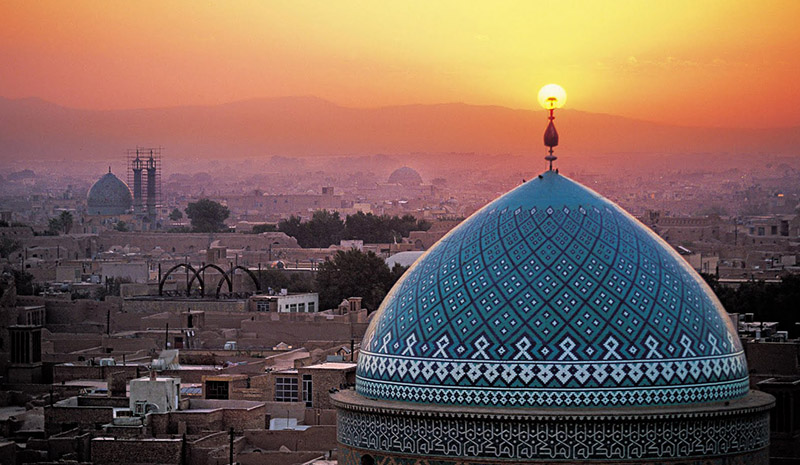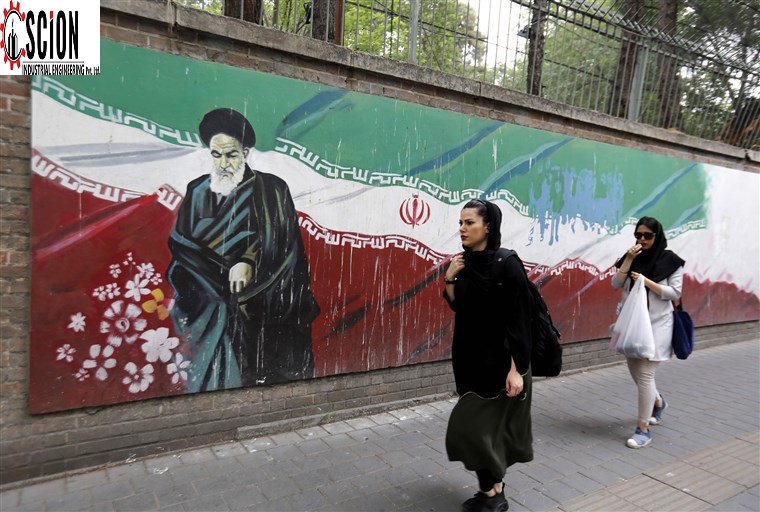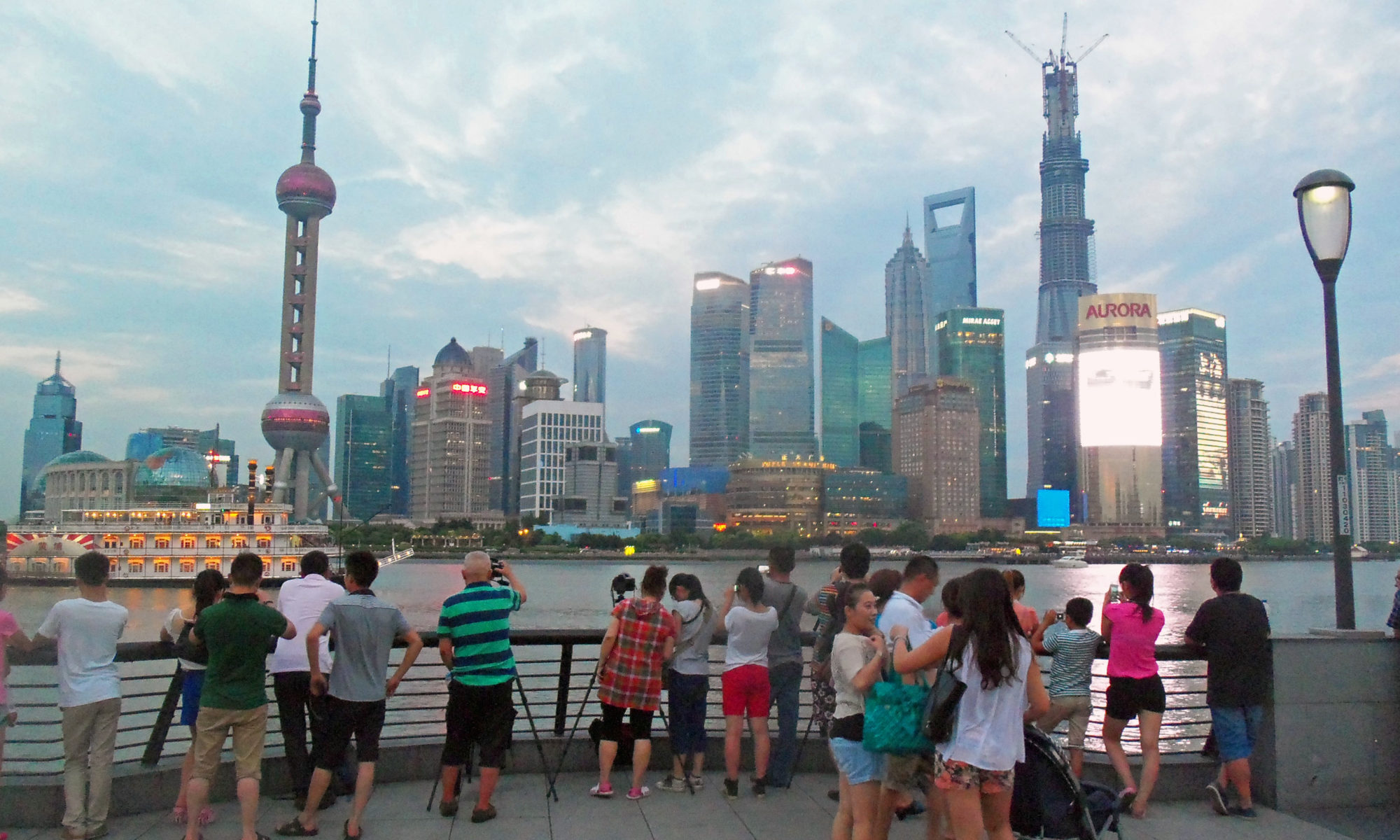According to the Deputy Head of ISIPO Ali Asqar Mosaheb, Industry, Mining and Trade Ministry plans to revive 2,000 idle production units by the end of the current Iranian calendar year (March 20, 2020) of which 1400 units are Small and Medium-sized Enterprises (SME).
“Considering the project’s progress, we are expected to reach the target set in this sector by the end of the year,” Mosaheb told reporters.
Elaborating on ISIPO’s programs for reviving idle SMEs, the official said “Last year, a successful plan for reviving production units was implemented, in which, despite targeting 1,000 units for reactivation, ISIPO was able to bring 1,726 small industrial units back into production.”
Back in August, Deputy Industry Minister Saied Zarandi had announced that the ministry allocated 15 trillion rials (about $357 million) for reviving 2000 idle production units across the country.
“Of the mentioned 2000 units, 1,338 are based in the industrial parks across the country and currently 400 of them are back into operation,” Zarandi had said.
The official also said the ministry plans to support increasing the production capacity of 4,200 production units across the country.
Earlier that month, ISIPO head had also announced that the organization was following major programs in order to revive idle units and to help them to get back into business.
Speaking in a press conference Mohsen Salehinia mentioned some of his organization’s plans for supporting SMEs, noting that the industry ministry was also fully supporting ISIPO’s efforts in this regards.
“Although the SMEs have the potential to provide nearly 900,000 job opportunities across the country, but currently 22 percent of the SMEs are idle and there are only 710,000 people working in active units,” Salehinia said.
ISIPO plans to help revive 1300 idle SMEs by the end of the current Iranian calendar year, Salehinia said.
Source:https://www.tehrantimes.com/news/441232/ISIPO-revives-600-idle-production-units









